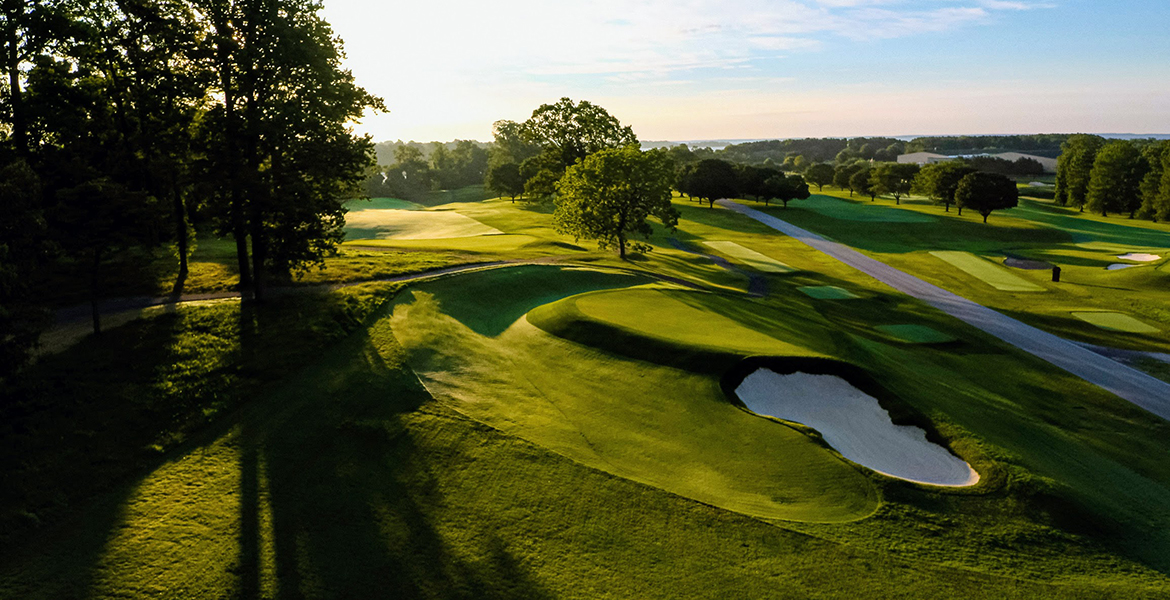Inside the Arctic Circle. 24-hour-a-day summer golf. Awe-inspiring scenery. Norway. Need we say more?
According to Rudyard Kipling, “only mad dogs and Englishmen go out in the midday sun.” A latter-day version of Kipling’s observation might be, “Only Norwegian golf course superintendents and bucket-list-chasing golfers venture out beneath the midnight sun.”
Lofoten Links is fast becoming golf’s premier “cult course,” the one every itinerant and in-the-know links enthusiast must one day visit. Not that traveling there is easy for the vast majority who wish to do so.
Lofoten is situated on the island of Gimsoysand, which sits just off the northwest coast of Norway and is linked to the mainland by a road bridge. It is located close to the 68th parallel and thus inside the Arctic Circle, making it the northernmost links course in the world. From Oslo, the journey is normally a two-hour flight to Harstad-Narvik airport followed by a three-hour drive in a westerly direction.
So, what is the golfing fuss all about? What is Lofoten’s extraordinary appeal?

Paradoxically, part of its allure is the “within the Arctic Circle” status allied to the remoteness—the charm and challenge inherent in making the distant trip. But, of course, it helps if the final part of that journey is also extremely memorable, and certainly anyone who drives from Harstad-Narvik to Lofoten will not be disappointed.
Lofoten’s surroundings are nothing short of awe-inspiring. If the coastal scenery, with its rocky shoreline interspersed with secluded coves and pristine white sands, is spectacularly beautiful, then the jagged, starkly dramatic mountainous backdrop can appear otherworldly. Fortunately, the golf course does justice to this setting.
Although Lofoten’s origins date back to the late 1990s, it only became an 18-hole links in 2015. Those responsible for its creation include the project’s driving force, Frode Hov, whose family has owned the land for four centuries; English architect Jeremy Turner; and the course’s Irish superintendent, Jeremy Mullvihill.
As one might imagine, the season is short, and especially so given that Lofoten is a links course. Typically, it opens for play around May 1st and closes in mid-October. The upside of this happening within the Arctic Circle is that there is enough light to play golf 24 hours a day between mid-May and late-July. On a clear summer’s day, when a midnight sun will turn the sea gold, illuminate the encircling mountains, and cast giant shadows across the golfing stage, what adventurous golfer wouldn’t enjoy the thrill of teeing it up late and playing well into the early hours? If it’s not quite possible to do this between August and October, a more than adequate substitute may present itself in the sky—that dazzling spectacle known as the Northern Lights. There is no better place on earth to view them than from the fairways of Lofoten Links.

To single out individual holes at Lofoten seems wrong and slightly misleading because there are so many hugely impressive and uniquely characterful ones to savor. Understandably, the club is happy for its “signature” par-three 2nd to be showered with most of the accolades, for it is truly one of the world’s most visually stunning short holes with its island-like green dramatically perched on a natural peninsula. But the 1st and the 3rd holes possess equally jaw-dropping potential, while another three-hole sequence on the back nine, between the 12th and 14th, has the capacity to send those already stirred and shaken emotions into overdrive.
They say a picture is worth a thousand words, and, indeed, the images accompanying this piece prove the point. However, it could also be argued that just two words summarize the special appeal of Lofoten Links: simply sensational.






